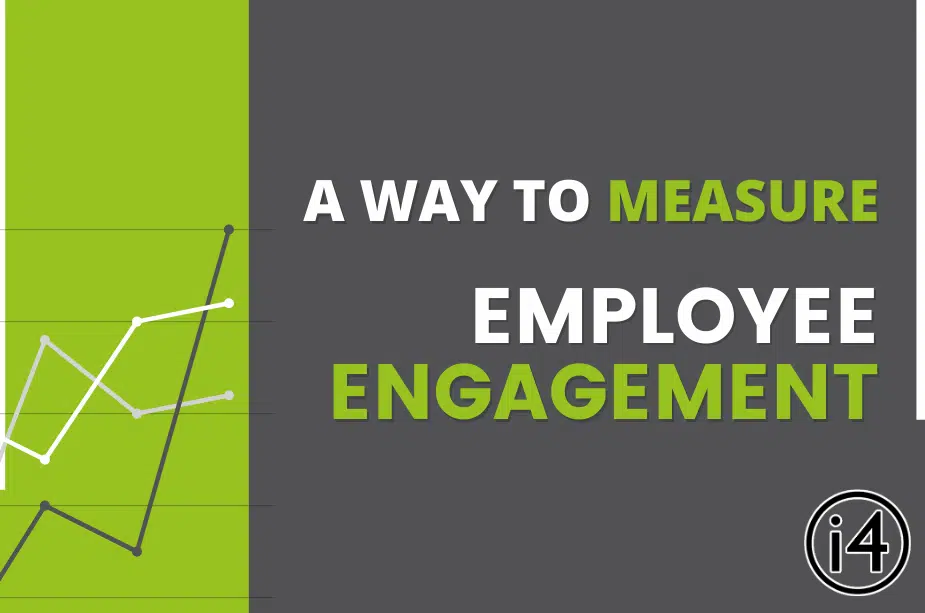In our last article, we talked about how when using the 5 behavior traits of successful leaders as described in The Leadership Challenge book, by James M. Kouzes, Barry Posner, we might find more success stories within our agile transformations. To follow up with that discussion, how do we measure whether or not we are making any progress with overall engagement in the organization when using the 5 traits?
This past weekend at Leading SAFe 4.0 training, we had a great discussion on using the core energy coaching model to first measure engagement and then to coaching the organization towards higher levels of engagement. The core energy model uses the Energy Leadership Index (ELI) to baseline your organization’s engagement level and then periodically measure the improvement that is being made over time. The ELI is different than any other assessment, which is typically personality or strengths-based. The ELI is an action-based assessment, measuring how you typically react under normal and stressful conditions so that the core energy coach can help to guide towards ideal action-based engagement levels. The ELI is based on our reactions to any situation is filled with energy that is either catabolic or anabolic. Catabolic energy is the energy that is short-lived, adrenaline, fear or anger based that is useful in bursts to get things done in crunch time. But, over time catabolic energy tears the individual apart and ends up causing a toxic environment around such individuals. Anabolic energy on the other hand is sustaining energy that is long-lived. It is associated with individuals with high levels of happiness, passion, and opportunity-seeking within their lives. Individuals exhibiting this type of energy usually have teams and organizations around them that are thriving with high levels of openness, collaboration and overall increased engagement with their work. Only having a slight increase of Anabolic energy in your organization is shown in studies to have big impacts on overall success in individuals and thereby improving overall company performance. Take a look at the study.
Catabolic Leaders
- Manages
- Delegates fully
- Gives information
- Self assesses
- Works in crisis mode
- Disconnects emotionally
- Uses left brain analysis
- Deals with problems
- Utilizes personnel
Anabolic Leaders
- Leads
- Project Shares
- Shares detailed information
- Utilizes 360 feedback
- Plans/develops accountability systems
- Utilizes emotional awareness
- Uses whole brain thinking
- Sees only opportunities
- Sees the true human resource

